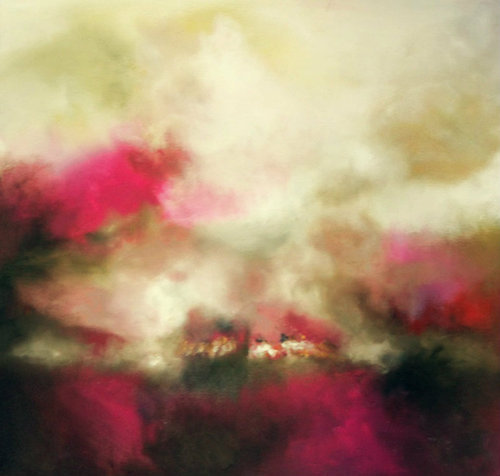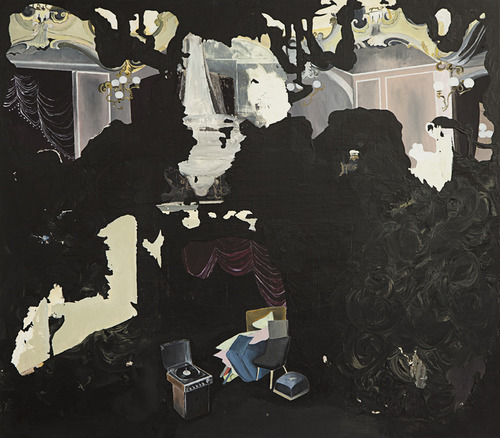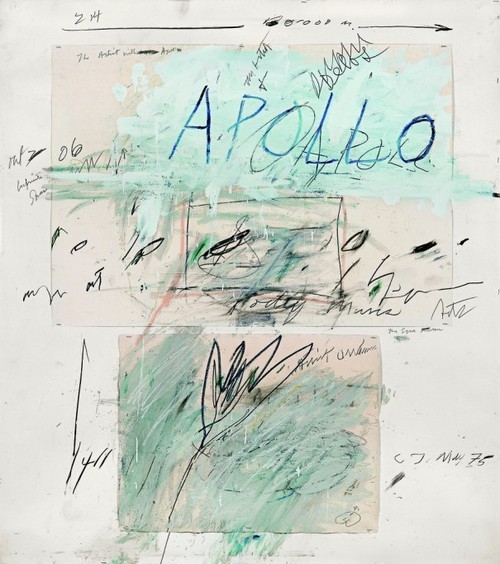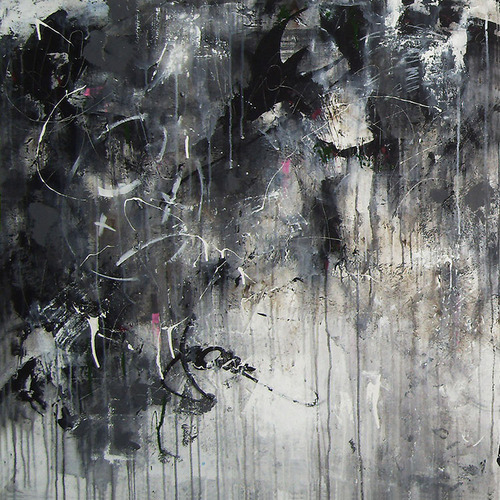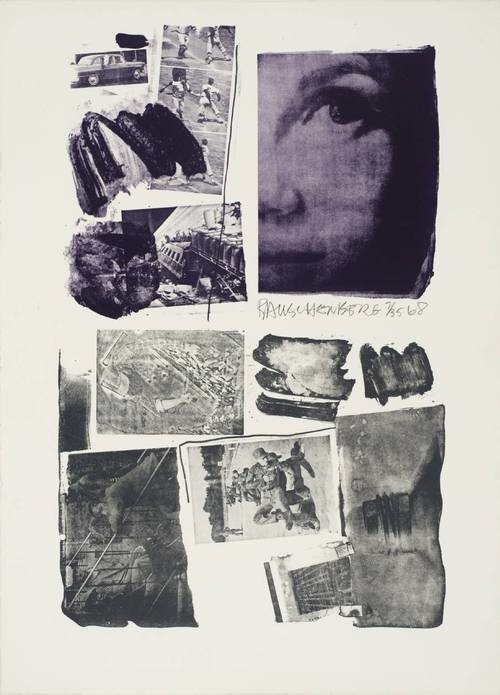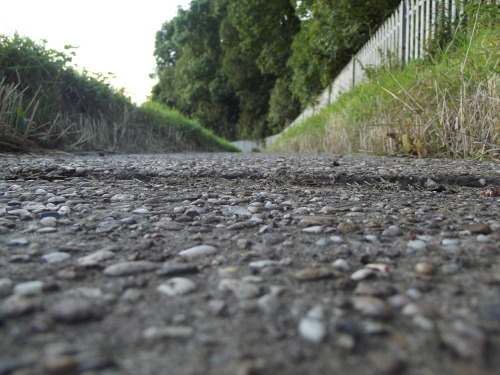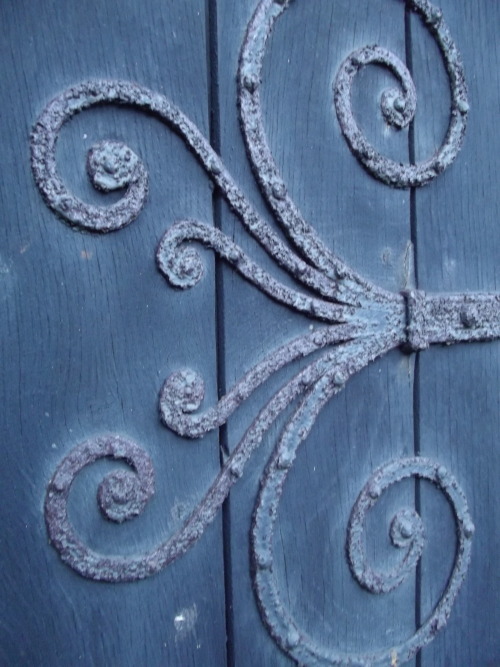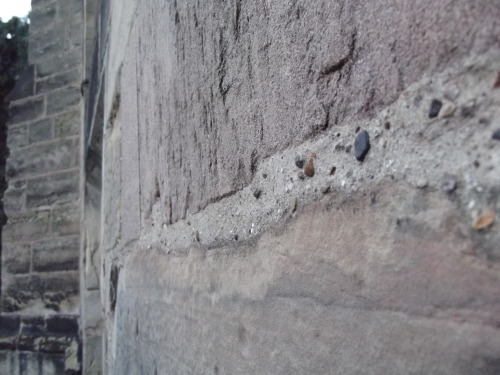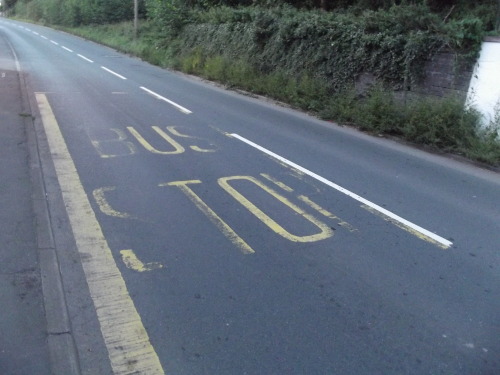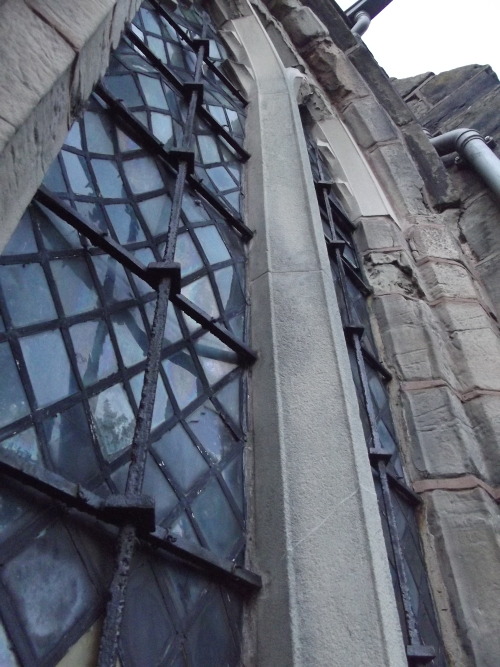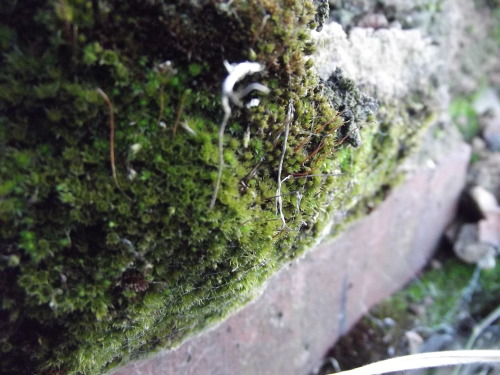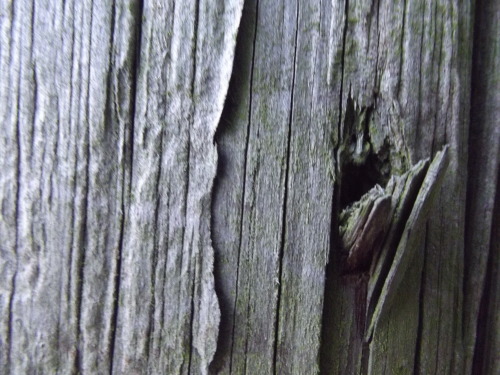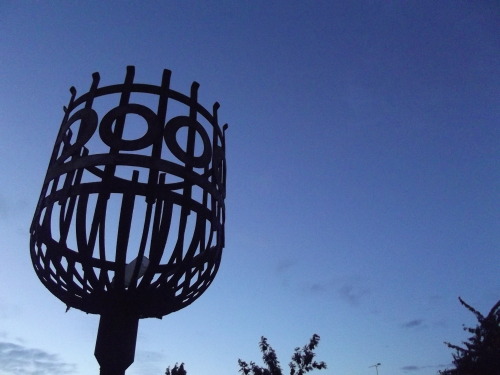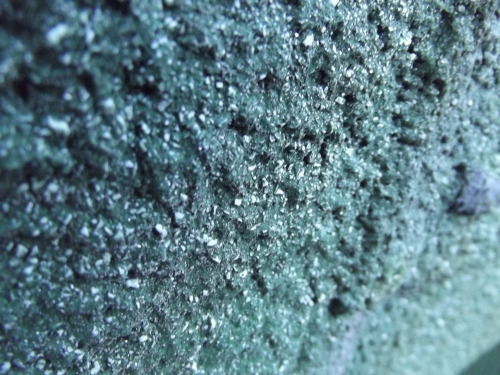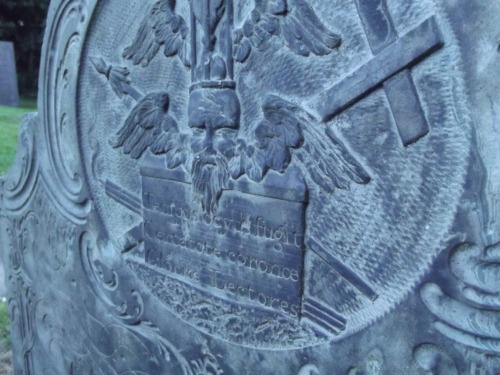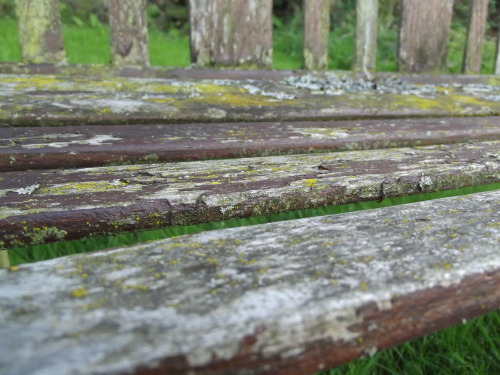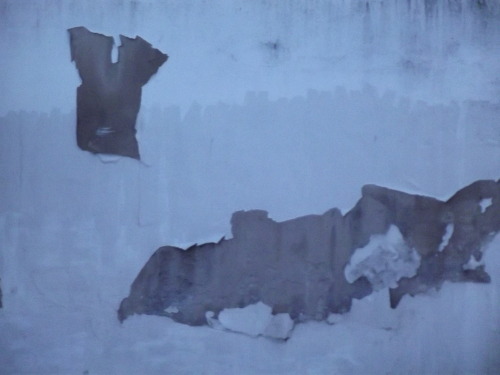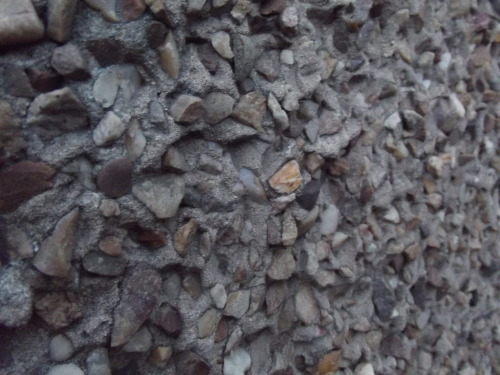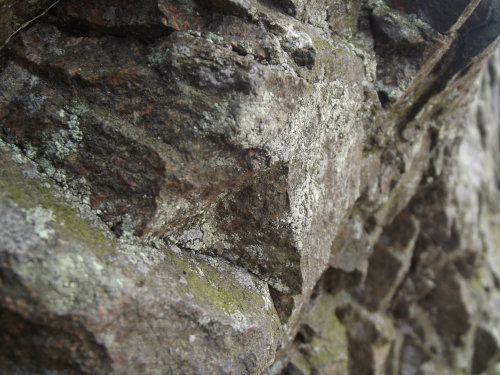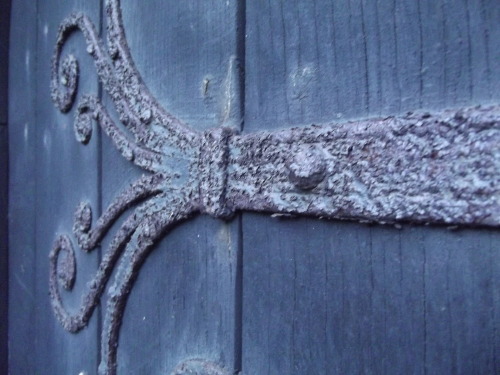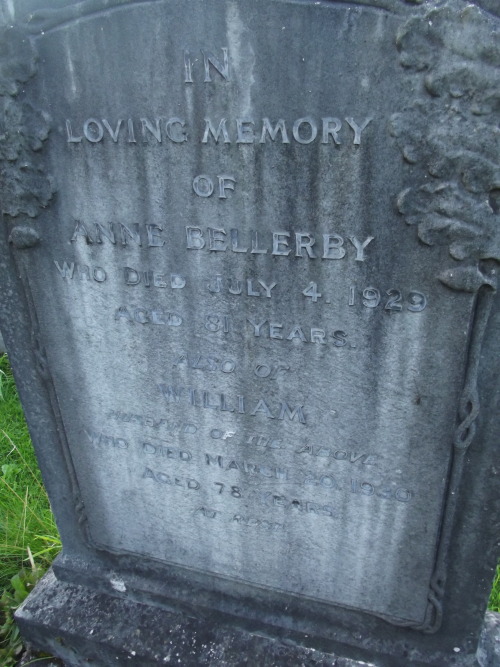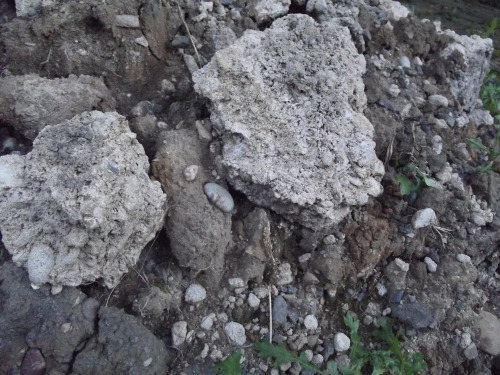Edmundo Sanz Gadea is a Spanish artist based in Madrid. He
bag working in advertising in 1988 as an illustrator and art director before
developing his career design agencies, Direct Marketing and Advertising as a
creative art director. This involved creating and developing direct marketing
campaigns, brochures and graphic designs. Currently, he only uses the method of
painting in his work.

NY Skyline Attack
Before (created April 19th 2012) Mediums: Oil on board Size: 31.5 x 48 x 1.6 in
This piece is described as being ‘Abstract expressionism
artwork representing the skyline of the city before the brutal attack of 11S
2009’. (http://www.saatchiart.com/art/Painting-NY-SKYLINE-ATTACK-BEFORE/414389/1556904/view)
This piece is an expressive piece that looks quite archaic
because the colours used are quite dark and brown-toned. The silhouette of New
York is situated slightly to the right of the piece and has been painted in
shades of black, blue and grey which looks quite abrupt against the soft
looking background. There is a lack of bold lines; however, the black around
the buildings makes them look more prominent. Below this is a subtle reflection
of what can be seen above which gives the look of the city floating on water.
The sombre colour scheme may be to represent the artists feeling toward the
event, which would obviously be very negative because it was so traumatic. It
appears that the background colours have been applied to the board using a
sponge as they look very soft and faded.
Metropolis Building (Madrid) Medium: Oil on canvas
Size: 59.1 X 39.4 X 1.6 in
This is a city view of the Metropolis building in Madrid
which is described as being one of the most significant and photographed
buildings in the capital city. It has been painted in an array of shades of
white, blue, grey and black, with the lettering being painted in a vibrant
yellow colour. The background looks like a series of subtle squares have been
painted so as to represent the buildings surrounding the Metropolis. The tone on
the building has been picked out with a light blue and a pale grey which
clearly looks more subtle than black and white. In the bottom left corner, it
looks as though black paint has been splattered using a paintbrush in order to
replicate a bush nearby.
This artist’s work is very different to my first artist as
he is more expressive and pays less attention to absolute detail. He also uses paint, rather than a pen or
pencil, however, he sticks with the theme of building and architecture. The
second piece fits perfectly with my theme as the building has lettering on it.

























